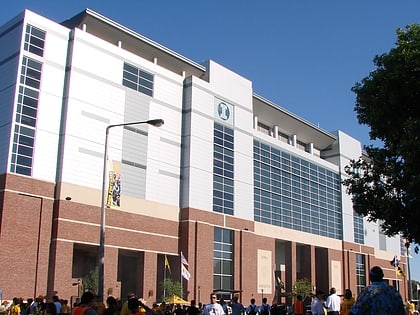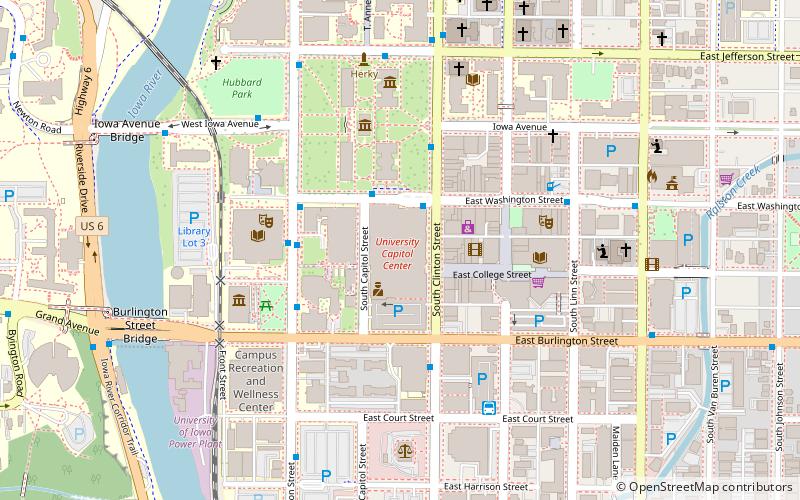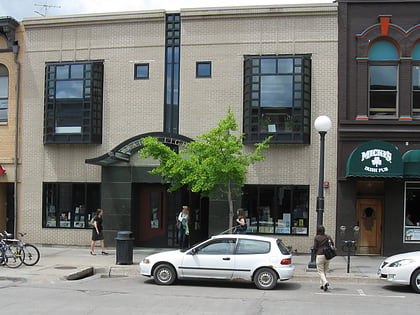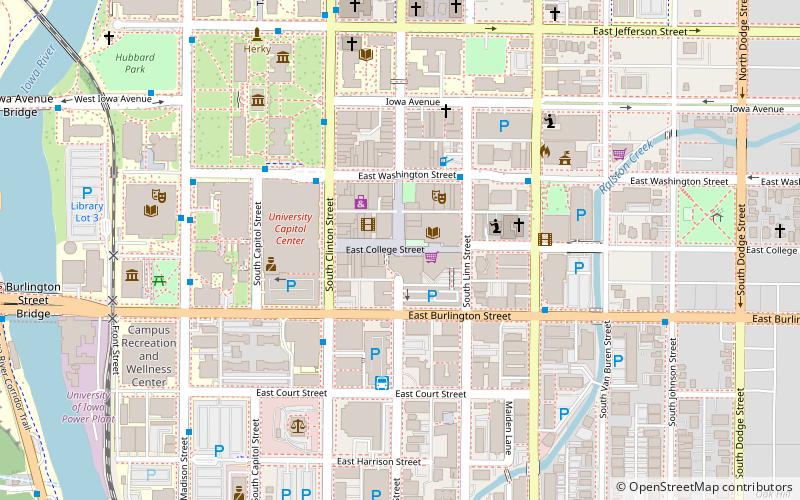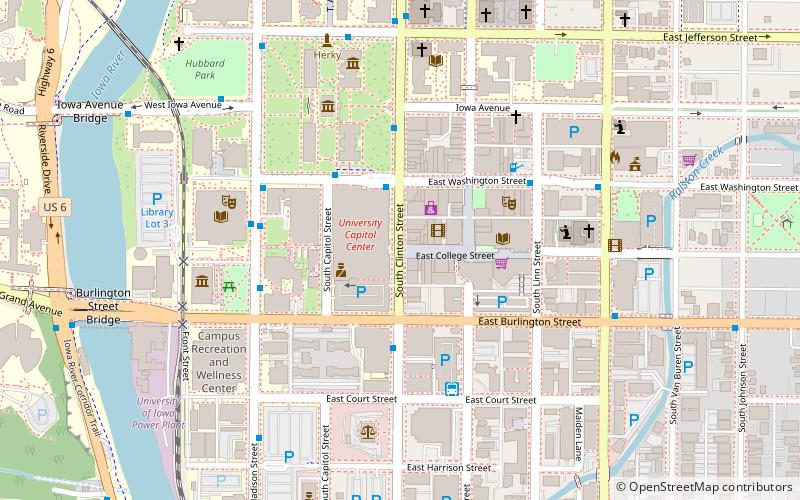Brown Street Historic District, Iowa City
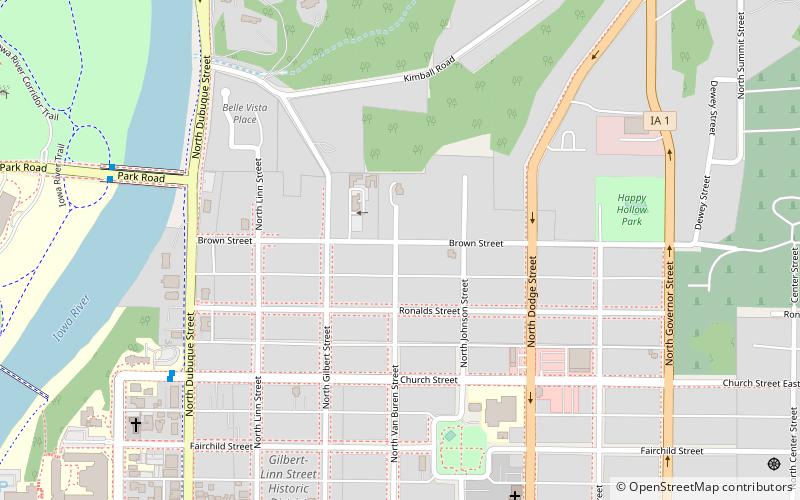

Facts and practical information
The Brown Street Historic District is a nationally recognized historic district located in Iowa City, Iowa, United States. It was listed on the National Register of Historic Places in 1994, and its boundaries were increased in 2004. At the time of the boundary increase it consisted of 246 resources, which included 201 contributing buildings, one contributing structure, and 44 non-contributing buildings. Brown and East Ronalds Streets are both part of the city's original plat when it was laid out as the capitol of the Iowa Territory. They are located on the north edge of the plat. Its significance is derived from the settlement patterns here, the development of a major transportation corridor, the neighborhood's affiliation with the University of Iowa and its growth around the turn of the 20th century, and the architectural styles and forms that are found here from the 1850s to the 1920s. Many of the city's Bohemian-immigrant population lived here. Businessmen and blue-collar workers lived side by side to each other, as did professors from the University of Iowa. The old Military Road was routed on Brown Street, and after it was paved with bricks in 1907, it became the preferred route for funeral processions to Oakland Cemetery. ()
NorthsideIowa City
Brown Street Historic District – popular in the area (distance from the attraction)
Nearby attractions include: Kinnick Stadium, Old Capitol Mall, Old Brick Church, Prairie Lights.
Frequently Asked Questions (FAQ)
Which popular attractions are close to Brown Street Historic District?
How to get to Brown Street Historic District by public transport?
Bus
- Church St North - Stop 1010 • Lines: Hawkeye Interdorm, Interdorm, Mayflower Shuttle, Red Route (8 min walk)
- Church St South - Stop 1011 • Lines: Blue Route, Hawkeye Interdorm, Mayflower Shuttle (8 min walk)

